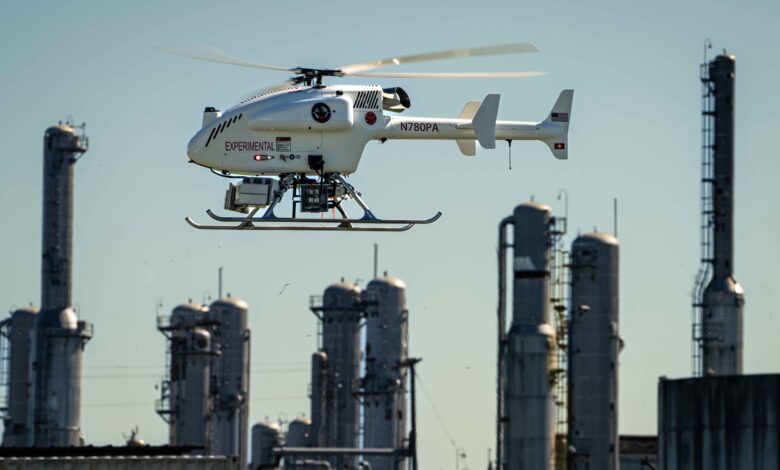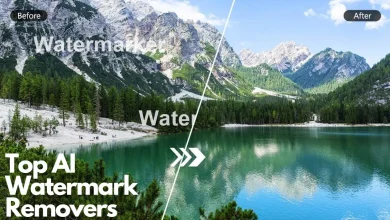
Woven into the American landscape is a vast network of electrical power lines and natural gas and oil pipelines that deliver the raw energy needed to power the nation. The Department of Energy describes the U.S. grid as the “largest machine in the world,” and is so critical that the U.S. mandates regular inspections by law, overseen by agencies like the Federal Energy Regulatory Commission (FERC).
Yet, these inspections still miss early signs of failure far too often. Why? Energy infrastructure inspection processes are still stuck in the stone age. However, energy experts and executives are increasingly looking with optimism towards emerging technologies that use AI to solve these problems.
The problem with traditional inspection methods
According to the U.S. Energy Information Administration (EIA), the U.S. power grid is made up of over 7,300 power plants, nearly 160,000 miles of high-voltage power lines, and millions of miles of low-voltage power lines and distribution transformers, connecting 145 million customers throughout the country. Even given the massive scale of these networks, energy infrastructure inspections are often conducted manually, typically by humans in manned helicopters trying to spot problems with the naked eye. These flights are prone to missing small details that signal larger future problems, such as earth shifting a few inches signaling the start of erosion or trees and other vegetation encroaching powerlines.
The impact can be disastrous. Poorly maintained powerlines can spark and ignite dry vegetation causing fires. Aging or damaged infrastructure can fail unexpectedly, leading to widespread blackouts. Repairs, lawsuits, insurance claims, and emergency response costs skyrocket after a failure, hurting energy companies’ bottom line and their reputation.
And it’s only getting worse – extreme weather events like hurricanes, blizzards, floods, and wildfires are becoming more frequent, endangering energy infrastructure across the country. Headlines often depict these catastrophes as preventable disasters, pointing to a larger need for modernizing the methods of surveillance and inspection. That’s where AI comes in.
Unlocking digital twins
The biggest draw of AI is its ability to meaningfully sift through real-time, quality data and pull out the most important insights, which energy companies can use to plan and prioritize their infrastructure maintenance. In order to acquire that quality data, coming to market are new, innovative solutions, like unmanned aerial vehicles (UAVs), that can gather an accurate picture of what’s happening on the ground – literally.
To power these insights, energy executives are beginning to invest in UAVs because unlike traditional manned helicopters, they can repeat identical flight patterns, all the while capturing hi-res photos and LiDAR data. Now, these images are translated into Terabytes of sophisticated data.
The end-result is an AI-enabled digital twin of an entire powerline or pipeline corridor, offering energy and utilities companies the ability to look critically at factors like corrosion and vegetation encroachment with unprecedented accuracy. An AI-enabled digital twin of energy infrastructure integrates real-time data, historical records, and simulations to help operators monitor the infrastructure and identify critical issues with a degree of accuracy that would not be impossible without AI.
In a network where one “weak link” threatens to shut down an entire thousand-mile-long pipeline, premium quality data to catch infrastructure blind spots is non-negotiable.
The long-term impact
We cannot ignore aging energy infrastructure and revisit the topic every time a new “preventable disaster” hits the news. The reality is, the U.S. is undergoing a transformational shift in how energy is used and generated, and since roughly half of the existing gas pipeline network was installed in the 1950s and 1960s, there is a dire need for strong predictive maintenance tools and frequent inspections. This is exacerbated, too, by the increasingly prevenance of extreme weather, which will punctuate weaknesses in our critical infrastructure when it’s already too late.
In addition to an increase in demand and climate threats, there’s the cost of inaction. The 2021 Texas blackouts are estimated to have cost the state $90 billion. Gas leaks cost U.S. fire departments nearly half a billion dollars each year.
So, while the upfront investment in AI might not seem like a high priority, it saves energy companies billions, and ensures Americans have more reliable utilities. Evolving critical asset inspections might not be first on energy companies’ to-do lists but it cannot wait.





